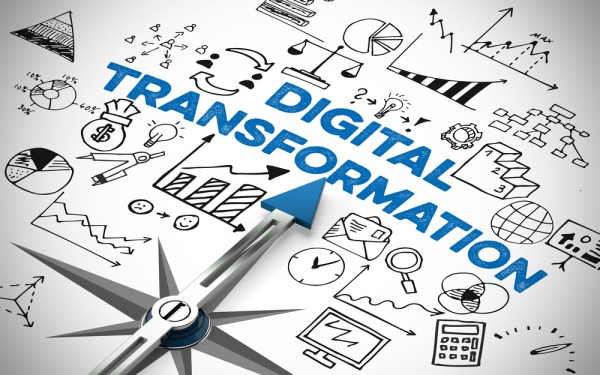The post-pandemic impact for Service Provider Networks in 2021

The year 2020 was challenging to say the least. Between the pandemic, shutdowns, wildfires and other natural disasters, most of us will look forward to a new beginning in 2021. However, the pandemic response in 2020 will have a lasting impact on how and where consumers and businesses will use networks services, how service providers will build out their networks, and where they will invest in additional capacity.
On that basis, here are a few predictions for 2021 for service providers:
2021 Prediction -- Digital Transformation will Accelerate
The pandemic will erase years of resistance by late adopters, social institutions and businesses that previously had not factored into the 'digital transformation' argument. Forced to go online, individuals and businesses have learned new skills, overcome technology limitations and forged new business models during 2020. These will continue in 2021 and will accelerate many technology transitions that service providers are conducting.
2021 Prediction -- IPv6 will Finally Overtake IPv4
Hovering right around 33 percent for most of the year, according to Google, IPv6 will be used in more than 50 percent of Google searches globally. Boosted by the growth of 5G devices and networks, and increased pressure on CISOs to upgrade enterprise networks for strong network security, many enterprise and websites will accelerate their eventual conversion to IPv6 in 2021. However, many other ISPs, content providers and retailers, hard-hit by pandemic shutdowns, have web sites that are still IPv4 only and will remain unable to fund a conversion of their IT infrastructure. CGNAT can help extend their investment.
2021 Prediction: The Pandemic will have a Lasting Impact on Education -- Remote/Online Learning will Continue Post Pandemic
The abrupt conversion of in-classroom learning to remote during the pandemic, will encourage elementary, secondary and higher education to offer online options to traditional in-classroom on a regular basis. This will expand education during illness, during period of inclement weather ('snow days') and other situations where a more flexible arrangement would be beneficial.
2021 Prediction: Service Providers Move to the Edge -- Faster than Expected
Service providers will have to re-architect their access networks to accommodate the traffic shift from dense urban areas to suburban as work/play/learn at home continues, post-pandemic. Edge computing is forecast by IDC to exceed 50 percent of new infrastructure deployments by 2023 and identified by nearly all mobile operators as extremely important to future networks.
Lifestyles will be permanently altered by the pandemic and many will not want to return to commutes and less flexible working conditions. Remote work will become a new, acceptable alternative in many industries. The recent announcements by Tesla and Oracle to move corporate headquarters from tech talent-rich Silicon Valley to Texas demonstrates a new trend. This will ultimately impact real estate, mass transportation plans and other social institutions that assume large-scale commutes to a few valuable job destinations. This shift will give a boost to distributed edge networks , cloud services and wireless that are less dependent upon centralized traffic aggregation.
Photo Credit: Robert Kneschke/Shutterstock
Anthony Webb is EMEA Vice President, A10 Networks
